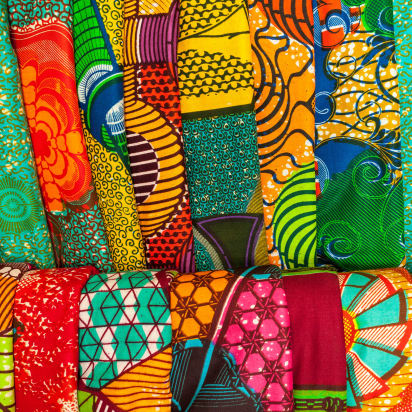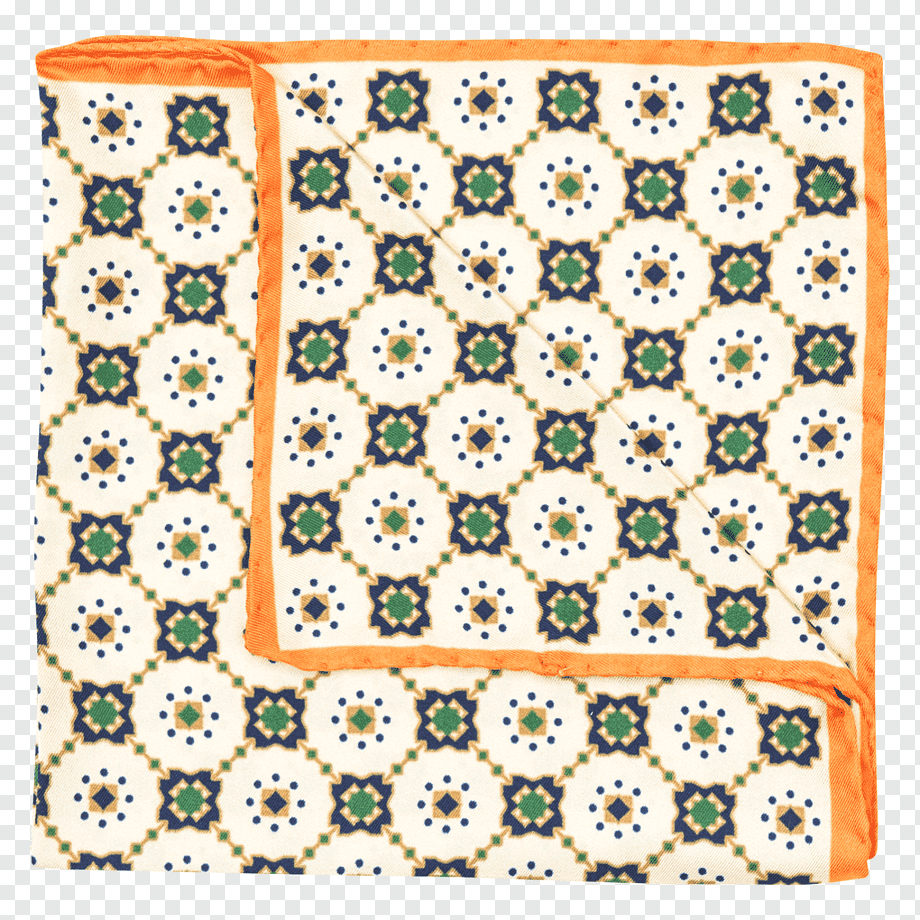The true story behind West African prints is one of great complexity, involving more than just designers and citizens in Ghana, Benin, Senegal and more countries. In fact, some designers boycott the fabrics that are brightly colored with circular patterns and batik- like prints. The circular design is known as, ‘subura,’ one of the most popular Ghanaian patterns. In order to support the local textile industry in Ghana, the government advocated for increasing the demand of the prints and fabrics. However, to the surprise of the common man, Ghana Textiles Printing (GTP) is actually owned by a Dutch company called Vlisco. Not only is GTP owned outside of Ghana, but the prints are also designed abroad.

According to the ,,Vlisco website, the company has been ‘designing and manufacturing distinctive fabrics loved by African women since 1846.’ Furthermore, Vlisco claims that the inspiration for the prints comes from Africa, and is produced using an Indonesian Batik technique, however the designs produced are unique and one of a kind. After discovering the history of GTP and Ghanaian textile prints, many people are boycotting the clothes as the profits made from wax printing companies never circle back to Ghanaian revenues- interesting and a bit sad, seeing that West Africa is where the prints truly originated. Is this a legacy of colonialism that has gone unnoticed for decades?
The History of Wax Print
When Java, the economic central island of Indonesia, was captured by the Dutch in 1811, the process of hand-made batik was recounted by Sir Thomas Stamford Raffles. Basically, designs are drawn on fabric using a tube that holds hot wax, after which the fabric is dyed, re-waxed and dyed again. The entire process can last up to 3 weeks. Thereafter, pieces of batik were transported BACK to England while the industrial revolution took place managing to find a new comparative advantage with mechanical tools that were available there, but not yet in Indonesia. Once the peace treaty was signed, and Java received autonomy, the Dutch returned triumphant with a new way to significantly reduce the price of hand- made batiks.

As batiks were exported from Holland for hopes of making sales, the fabric ultimately sold at a loss. In the meantime, Javanese designers started to reform the industry locally by making the cloths both affordable and comfortable by using wax stamps instead of using a tube. Over the next 20 years, the Dutch continued with exports as the era of colonization set in. During this process, thousands of West Africans were employed in order to boost production. Many of the West Africans did in fact return to Ghana, carrying with them the batik prints which became a huge hit. Though the record may not be entirely accurate, Vlisco claims that this is the true story and origin of wax print and textiles in West Africa.
The material started to be produced in West Africa as people noted that sewing machines could more efficiently curate the designs as opposed to locally woven materials. This fused with traditional tie- dye prints that were already being created in West Africa. Today, the legacy of colonization in the form of cloth, tailor shops are found everywhere in Ghana, Senegal, Cape Verde, Gambia, Burkina Faso and more nations in the West African region.
Competition in the Print Market
Currently, local tailor shops use different brands to source their prints including Vlisco- the most expensive, GTP- the local brand, Hitarget- a Chinese brand, ABC- an English brand, and Akosombo Textiles Limited (ATL)- another local brand.
What’s interesting about ABC is that due to market pressures, the high prices did not do well, and instead the factory was forced to shut down. Incidentally, ,,Amma Aboagye spearheaded the start of an African- owned factory for African print. The firm, Afropole, connects ‘African and Afro- diasporan businesses so that we can build generational wealth,’ she says.
While living in Maryland in the US, she noted that fabrics were being imported from India directly to the United States without ever passing through any African country of origin. She claimed that, ‘people were connecting with the fabric as a representation of their identity, of their culture, of a place or heritage, however, it had no economic benefit to that place.’ She found this to be grossly unfair, and started trends of African fabric creation, consumerism. This is a project that is by Africans, for Africans.

The Future
Moving forward, as trends across Africa are being emulated in the West, people are deciding to use their traditional prints to accentuate modern design. The fusion is extremely beautiful, and marks a new level of sophisticated fashion future in West Africa.
Sources
https://www.messynessychic.com/2015/10/30/made-in-holland-the-chanel-of-africa/
Powered by WPeMatico


